How much is a joint? Learn the current pricing in America
 You might be wondering how much a joint costs these days. On average, a single joint will set you back about $3.50. This post will guide you through the factors that influence this cost and give you an understanding of weed pricing overall.
You might be wondering how much a joint costs these days. On average, a single joint will set you back about $3.50. This post will guide you through the factors that influence this cost and give you an understanding of weed pricing overall.Keep reading to save your wallet and smoke smart.
How Much Does a Joint Cost?
The average cost of a joint is $3.50 - the national average price for an ounce of high-quality weed is $326.06. Factors influencing the cost include state laws, quality and quantity of marijuana, as well as location (urban vs rural).
National average price for an ounce of high-quality weed is $326.06
Paying $326.06 for an ounce of top-notch weed is what you can expect across the country on average. This price reflects high-quality cannabis, often sought after by those who prefer potent and effective strains.
Each state might have different prices due to various factors, but this amount gives you a general idea of what to prepare if looking for premium marijuana.
Buying in bulk like an ounce allows for savings compared to purchasing smaller amounts. High-quality means the weed has been carefully grown, harvested, and cured to provide the best experience possible.
Whether it's for relaxation or medical needs, understanding these costs helps in budgeting your cannabis expenses effectively.
Average joint costs $3.50
The average joint costs $3.50, varying depending on the state laws, quality and quantity of marijuana, and location (urban vs rural). The national average price for an ounce of high-quality weed is $326.06, but the cost for a single joint is considerably lower.
Factors such as legalization and availability play a significant role in determining the pricing of joints. So whether you're purchasing in California or elsewhere, these factors underpin the ever-evolving realm of cannabis prices.
In addition to state laws affecting pricing, quality and quantity also dictate how much you'll pay for a joint. Whether you're buying an eighth ounce or a quarter from urban dispensaries versus rural sellers will affect your expenses when it comes to purchasing marijuana.
Factors that Affect the Cost of a Joint
State laws, marijuana quality and quantity, and location (urban vs rural) all play a crucial role in determining the cost of a joint. These factors can significantly impact the price per gram, making it essential to be aware of these influences before making a purchase.
State laws
State laws significantly impact the cost and availability of marijuana. In states where recreational use is legal, prices may be lower due to increased supply and competition among retailers.
However, in states where cannabis remains illegal, the price may be higher due to limited supply and risks associated with distribution. Additionally, taxes imposed by some states can also inflate the cost of a joint, affecting the final price that consumers pay.
When it comes to buying weed, understanding state laws is crucial as they directly influence the price you will pay for your joints. Moreover, being aware of these laws can help you avoid potential legal issues related to purchasing or using cannabis products keyword: legalize marijuana in 2020.
Quality and quantity of marijuana
The quality and amount of marijuana you buy greatly affect the cost of a joint. Higher-quality weed usually costs more, with an average price of $326.06 per ounce nationally. Moreover, the quantity purchased can impact joint prices as buying in bulk often reduces the cost per joint, making it a budget-friendly option for regular users.
When purchasing homemade joints or pre-rolled ones from dispensaries, always consider both quality and quantity to manage expenses effectively, especially if you're on a tight budget or looking to maintain your smoking habits without breaking the bank.
Location (urban vs rural)
In urban areas, the average cost of a joint is usually higher due to the higher demand and operating costs for retail establishments. In contrast, in rural areas, where there are fewer dispensaries and less competition, the price of a joint tends to be lower.
Therefore, your location can significantly impact the overall cost of purchasing a joint.
The price difference between urban and rural locations can vary based on supply and demand dynamics as well as local regulations governing marijuana sales. This means that while you may pay more for a joint in an urban area, you might find better deals in rural settings.
Conclusion
The cost of a joint varies by location and quality. Factors like state laws, urban or rural setting, and marijuana quality affect the price. On average, a single joint costs around $3.50, with an ounce of high-quality weed priced at approximately $326.06 nationally.
FAQs
1. What is the average price of a joint?
The average price of a joint can vary, but it often falls between $5 to $15, depending on the quality and where you buy it.
2. How much does weed cost per gram?
Weed cost per gram also varies, especially by state, but typically ranges from $10 to $20 for high-quality herb.
3. Are cannabis prices in California different from other states?
Yes, cannabis prices in California might be lower due to legal status and availability compared to states where it's less accessible. Prices can range widely based on quality and location.
4. What factors affect marijuana prices?
Factors that affect marijuana prices include its quality (high quality versus low quality), the state laws regarding marijuana, and whether you're buying from dispensaries or street dealers.
5. Can I find out the cost of marijuana by state online?
Yes! Many websites provide up-to-date information on dope costs across different states including street prices for marijuana and dispensary costs for ganja or reefer.


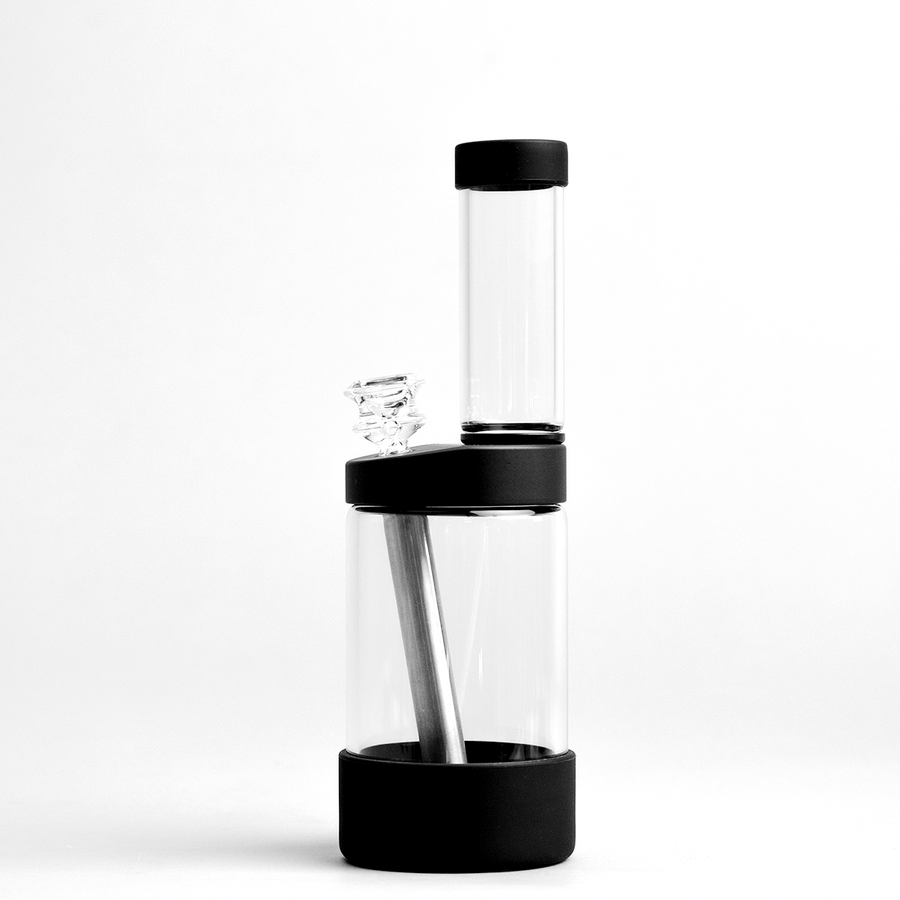



![Vessel Helix Pipe [Copper] - Headshop.com](http://www.headshop.com/cdn/shop/files/ad3c0443-b76d-4fe5-84b8-a617dd50a950.jpg?v=1747419387&width=900)
![Vessel Helix Pipe [Copper] - Headshop.com](http://www.headshop.com/cdn/shop/files/7b0e06e3-9106-4684-80e4-408362c34085.jpg?v=1747419388&width=1000)
![Vessel Wood Vape Pen Battery [White/Beechwood] + - Headshop.com](http://www.headshop.com/cdn/shop/files/4ecd5d0f-363a-454e-a7a0-229fb93bf456.jpg?v=1725470645&width=900)
![Vessel Wood Vape Pen Battery [White/Beechwood] + - Headshop.com](http://www.headshop.com/cdn/shop/files/d232e493-09e6-4574-b44c-3e2bde9425b4.jpg?v=1725470647&width=1000)
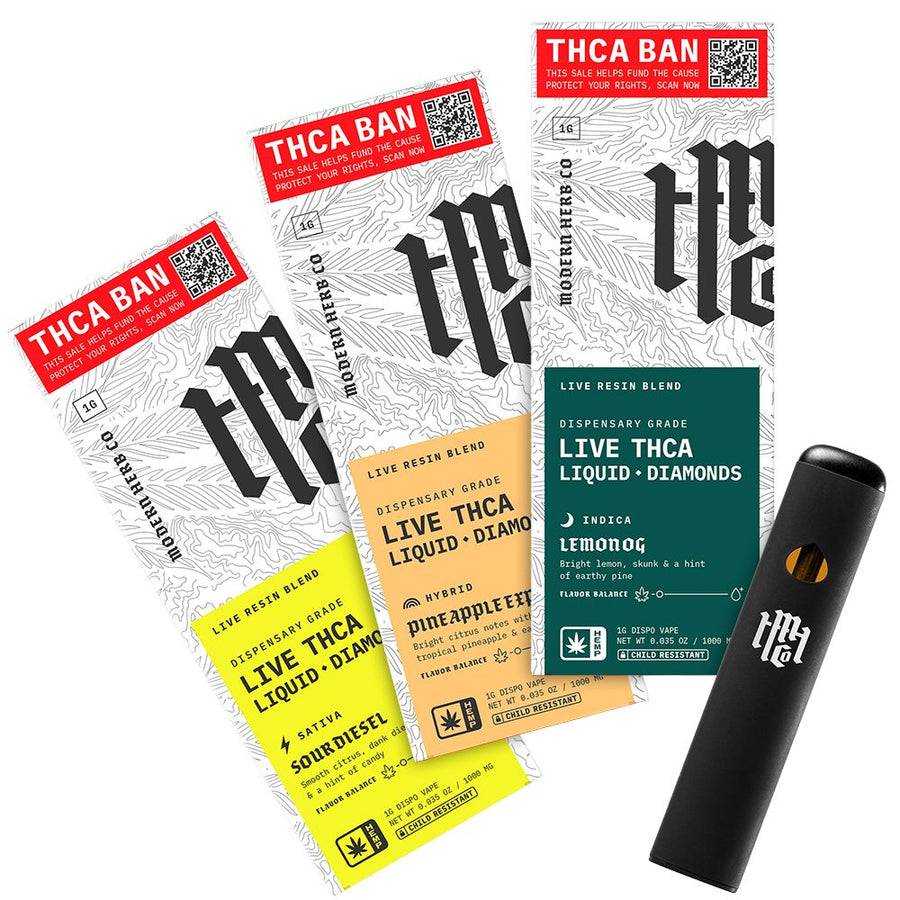
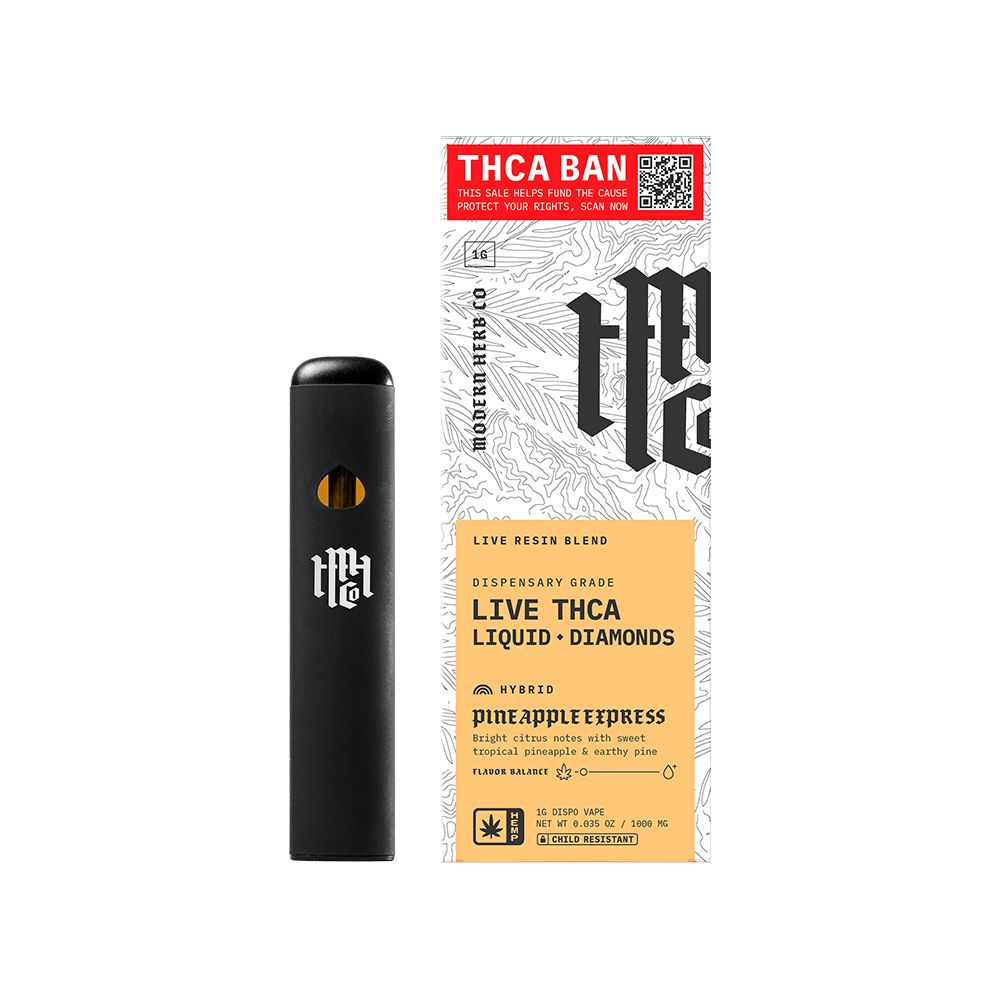
![Vessel Compass Apex Charger [Black] - Headshop.com](http://www.headshop.com/cdn/shop/files/f10e6bf4-6ce7-4a59-a50e-a4184f069754.jpg?v=1729115238&width=900)
![Vessel Compass Apex Charger [Black] - Headshop.com](http://www.headshop.com/cdn/shop/files/dce98c70-346c-405f-aca8-d59c7feed96d.jpg?v=1729115240&width=1000)
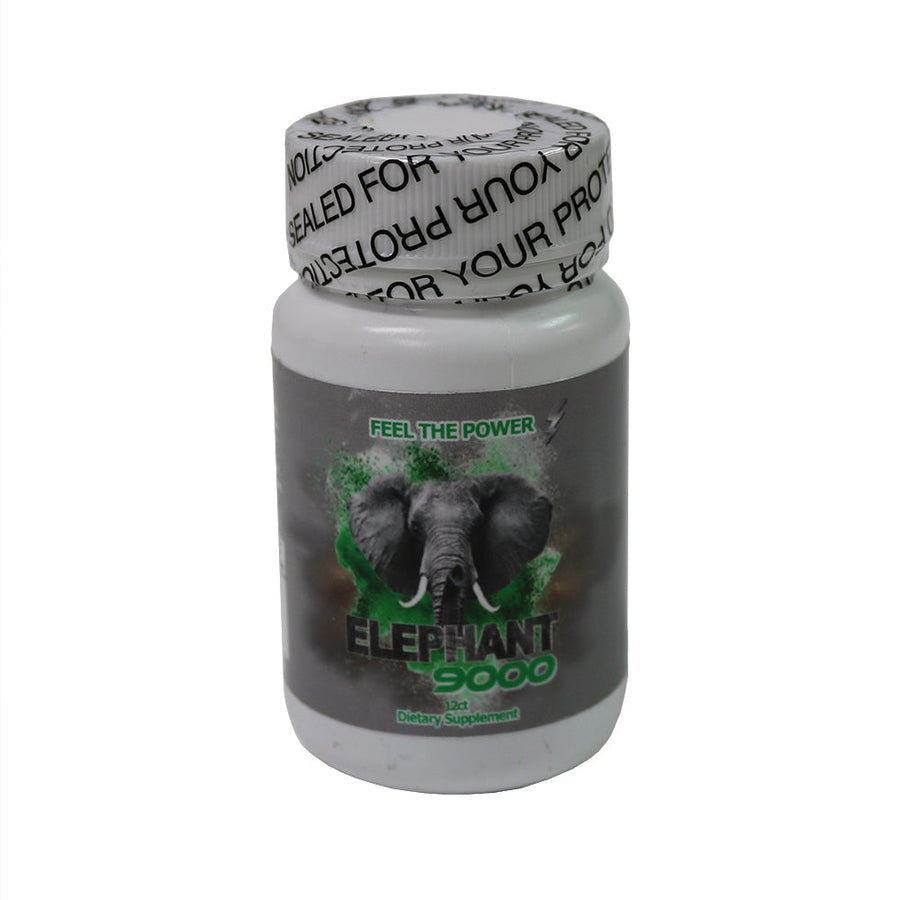
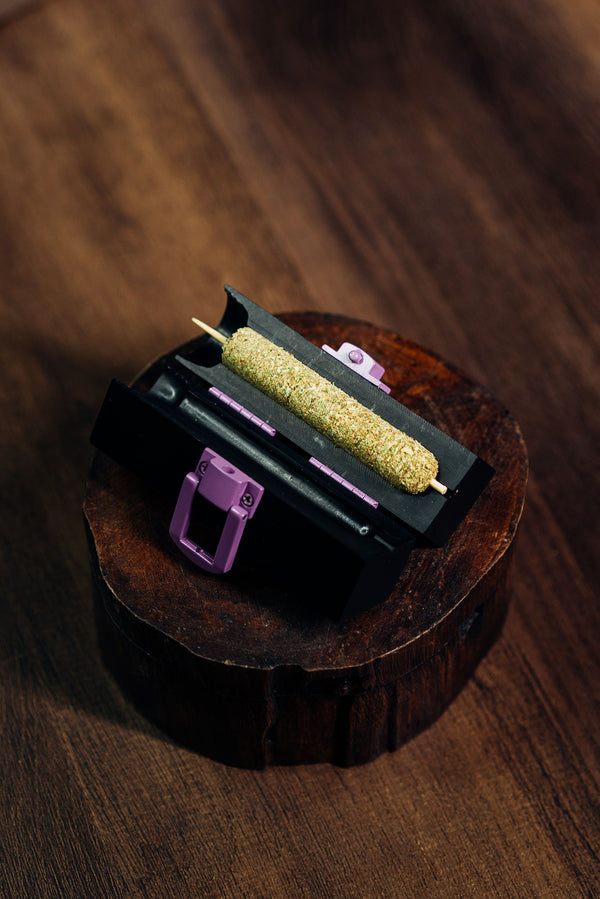
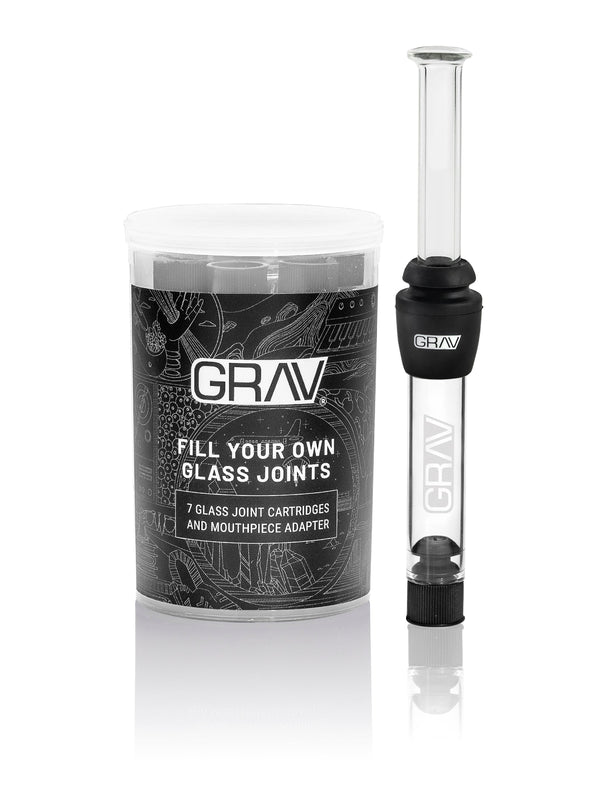
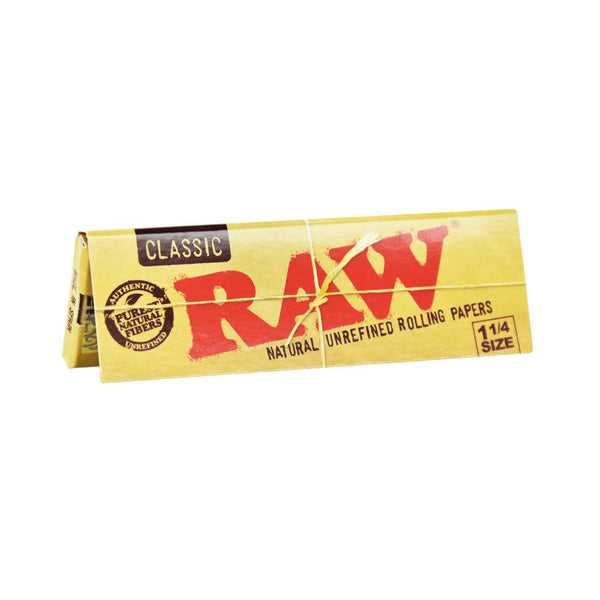
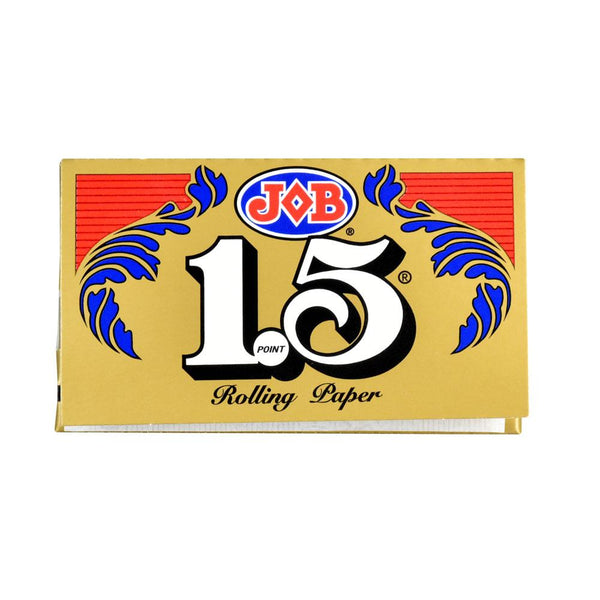


![Vessel Ash [Black] Ultimate Ashtray and Storage - Headshop.com](http://www.headshop.com/cdn/shop/files/96564644-3a7c-45a0-beee-502ebff25cd9.jpg?v=1744308327&width=900)
![Vessel Ash [Black] Ultimate Ashtray and Storage - Headshop.com](http://www.headshop.com/cdn/shop/files/70b136a5-4745-4c98-8247-e6b2350637ae.jpg?v=1744308327&width=1000)
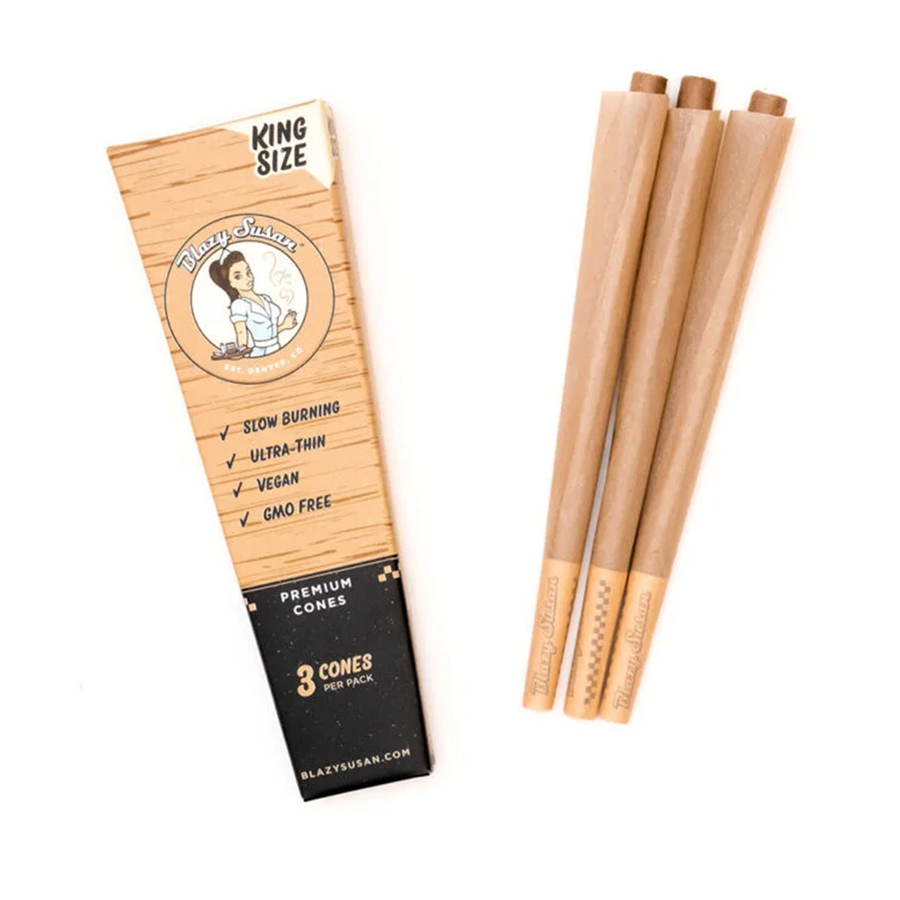
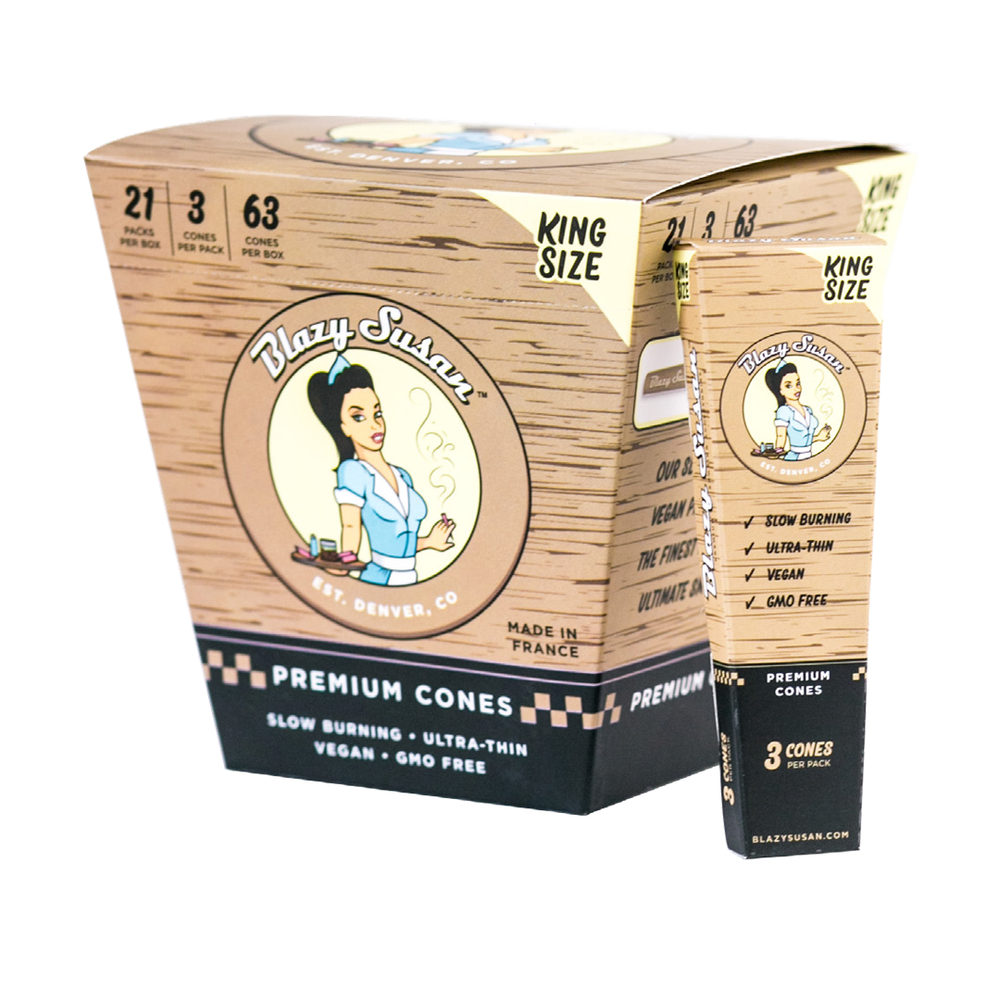
![Vessel - Mill [Beechwood] - Headshop.com](http://www.headshop.com/cdn/shop/files/MILL_GUNMETAL_BEECH_COLLAPSED_FRONT_800.jpg?v=1744308513&width=900)
![Vessel - Mill [Beechwood] - Headshop.com](http://www.headshop.com/cdn/shop/files/MILL_GUNMETAL_BEECH_EXPLODED_FRONT_SHADOW_800.jpg?v=1744308513&width=1000)
![Vessel - Ember [Concrete] Astray - Headshop.com](http://www.headshop.com/cdn/shop/files/20220106_EMBER_CONCRETE.jpg?v=1744309874&width=900)
![Vessel - Ember [Concrete] Astray - Headshop.com](http://www.headshop.com/cdn/shop/files/20220106_EMBER_CONCRETE_WITH_AIR.jpg?v=1744309874&width=1000)

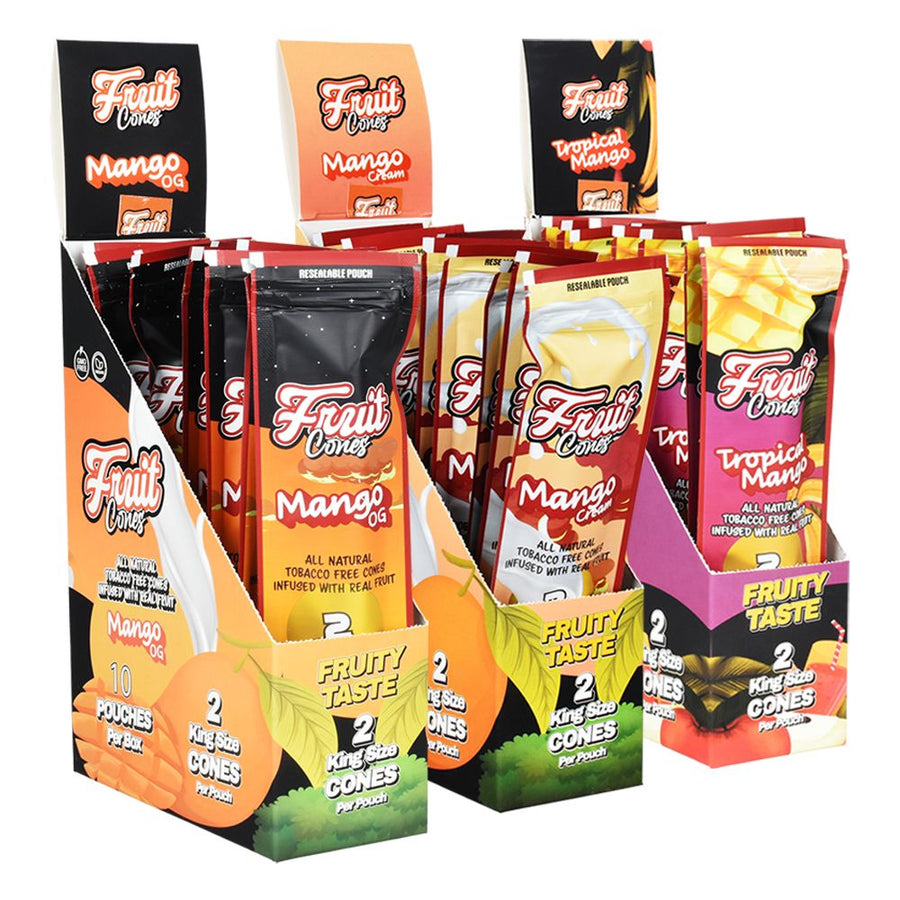
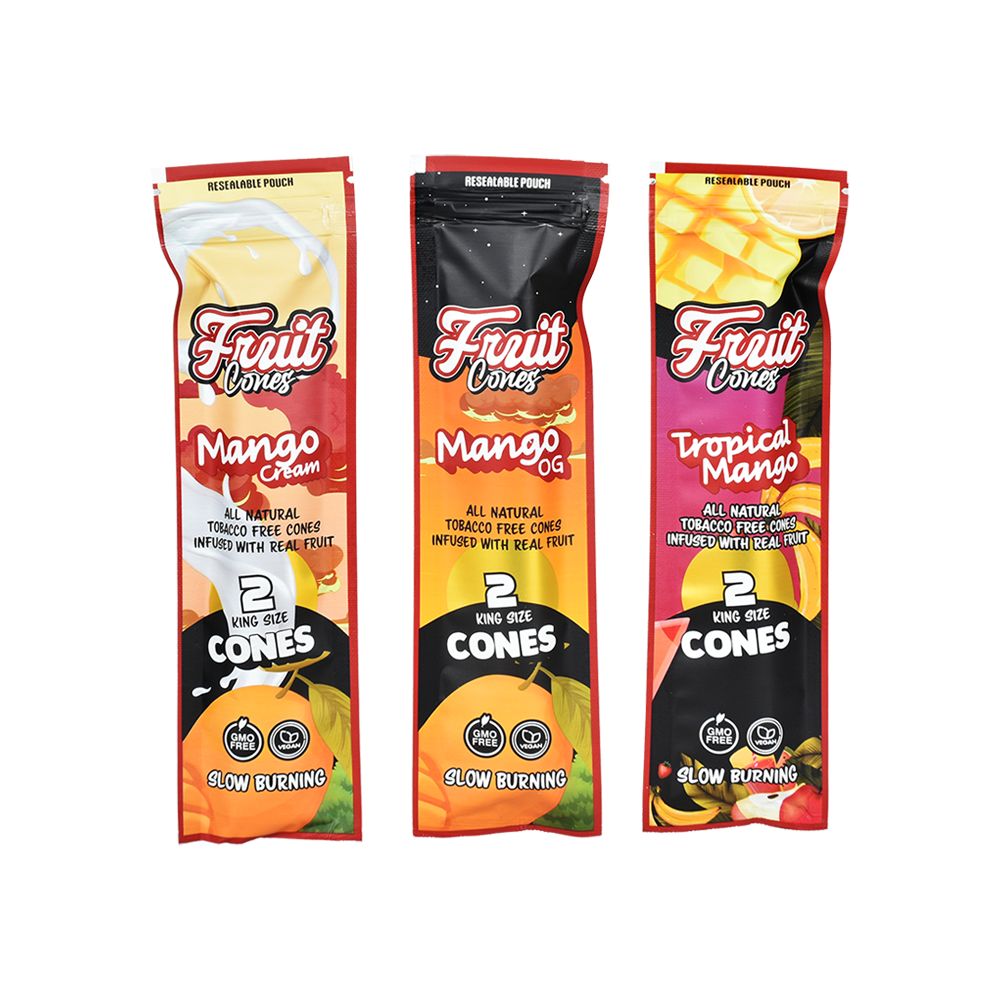








![Vessel - Mill [Walnut] - Headshop.com](http://www.headshop.com/cdn/shop/products/96ec08c6-ba2e-4864-b47c-c85ace279228.jpg?v=1679517390&width=900)
![Vessel - Mill [Walnut] - Headshop.com](http://www.headshop.com/cdn/shop/products/9ab08dbd-46c3-4d73-a786-c58463dbf54c.jpg?v=1679517392&width=1000)
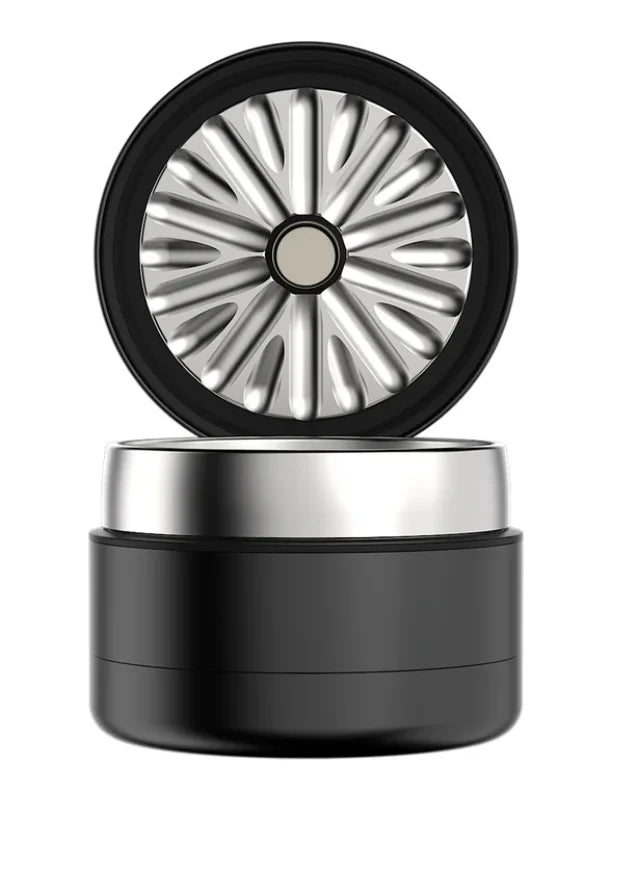
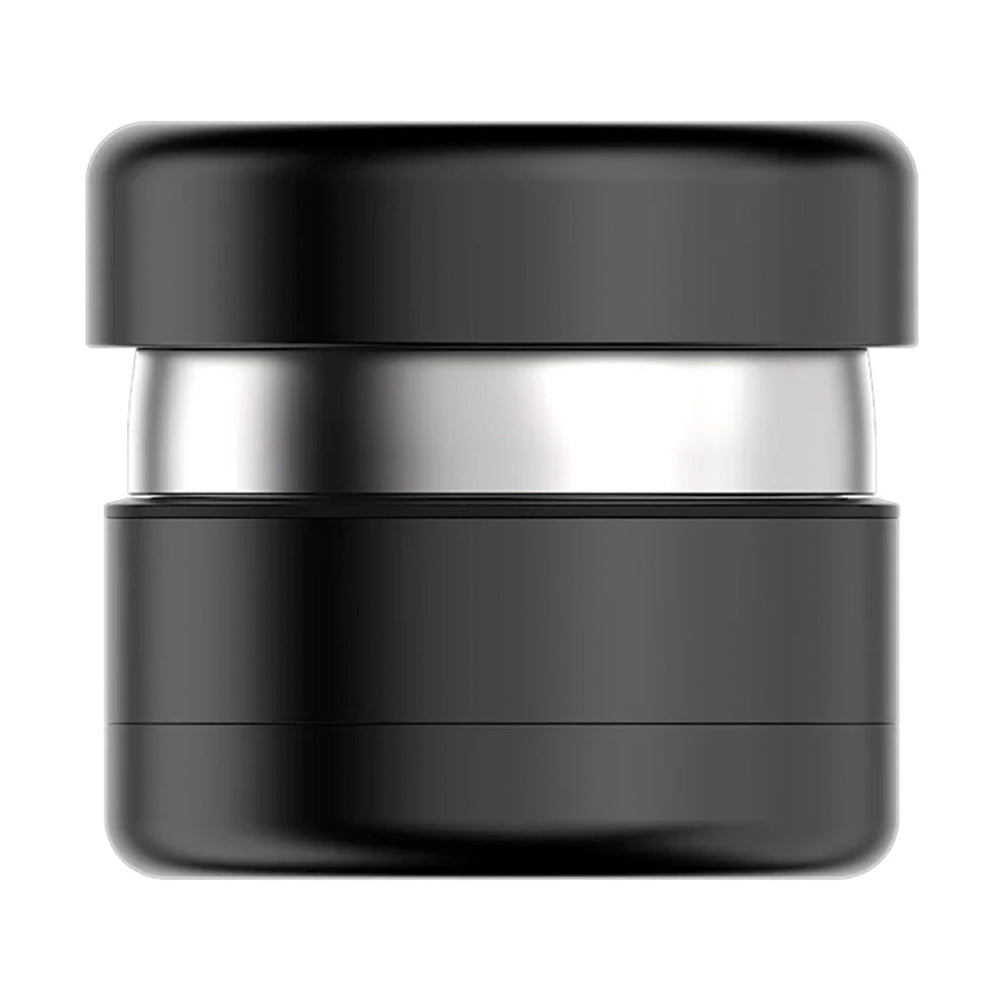
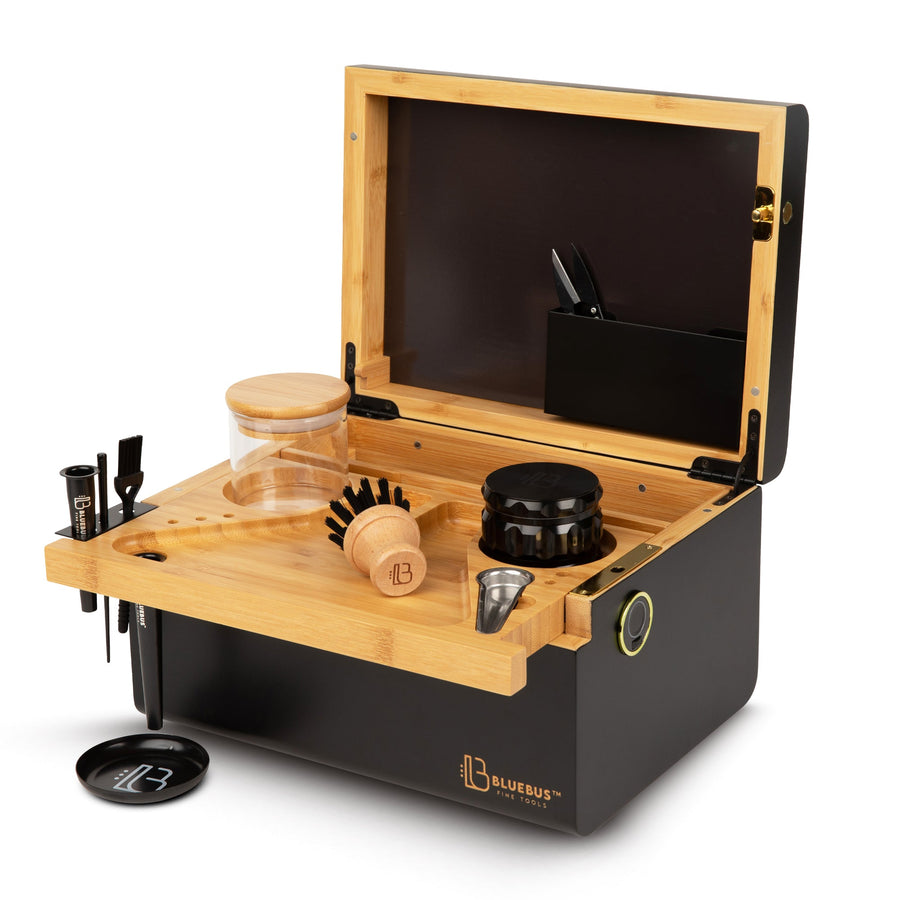
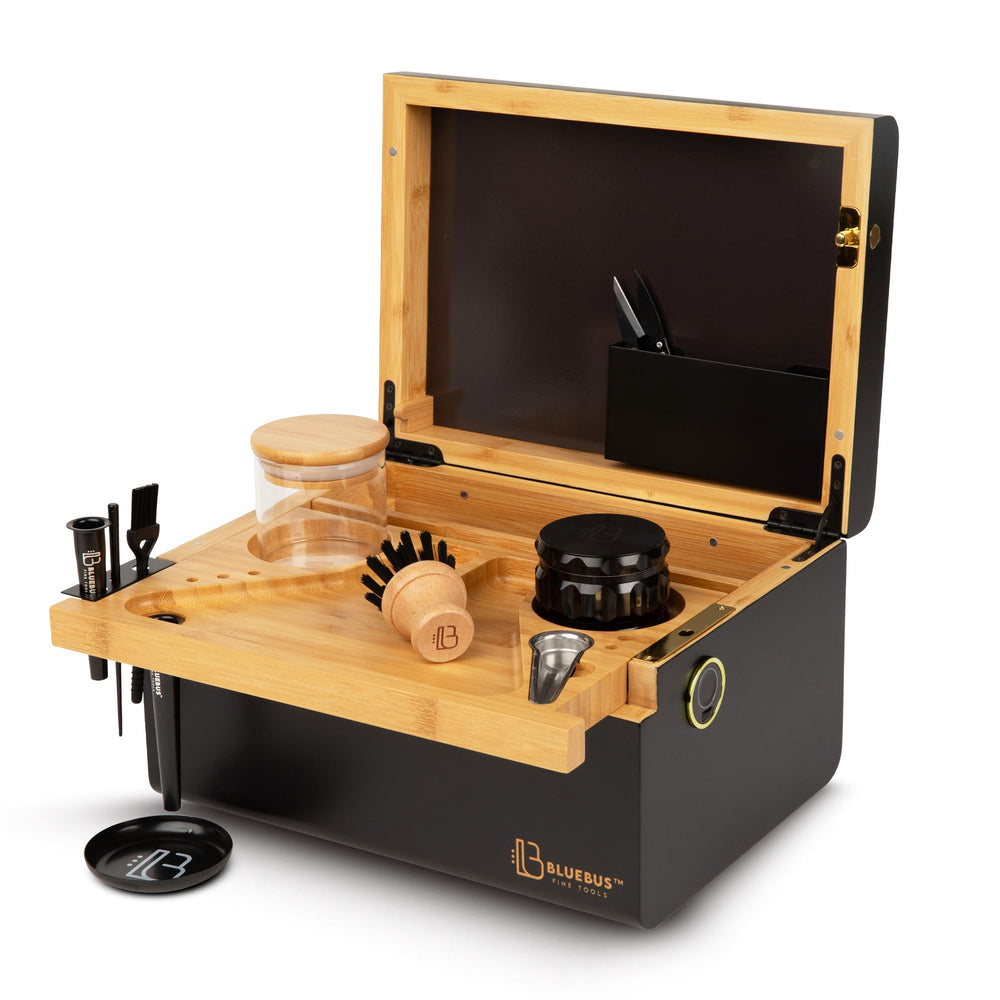

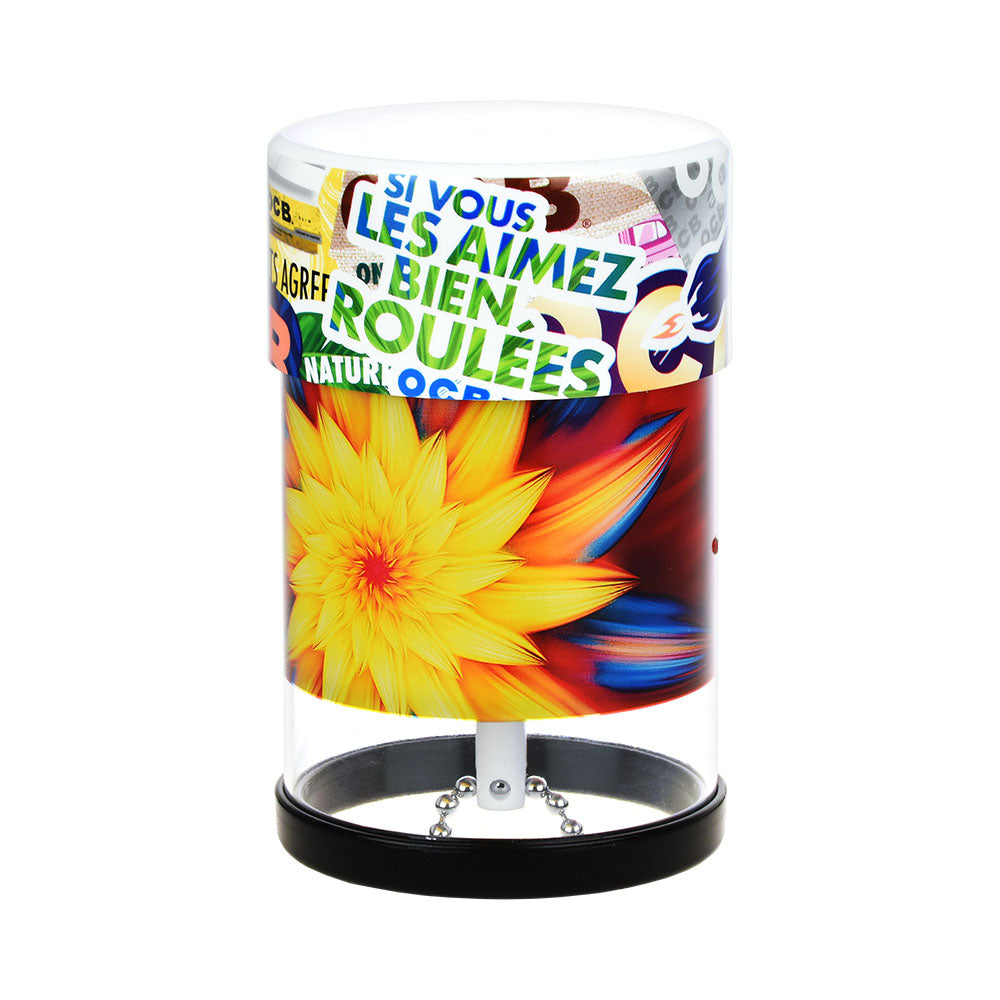








![Pipe by Vessel [Gunmetal]](https://cdn.shopify.com/s/files/1/0585/8462/9443/files/Pipe_Gunmetal_Angle_500x500.jpg?v=1744306453)







